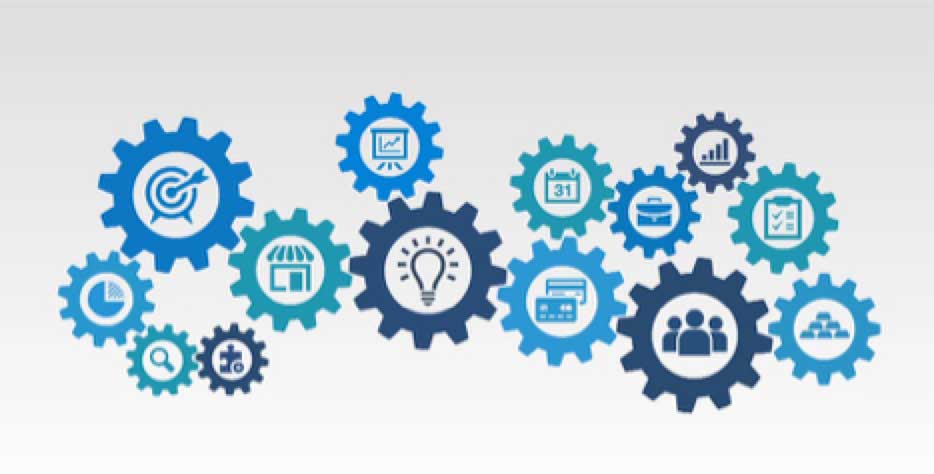
The development of a product isn’t as cut and dry as the manufacturing process. Innovation and creative thinking can often go further in bringing a new product to life than process and procedure, although both are useful.
Below are some of the common misconceptions about product development.
A Larger Prototype Batch Size means a Cheaper Cost
When ordering your prototypes, the higher quantity does mean that the cost of them will be cheaper per piece. But if your design isn’t complete and this batch is meant to be shown to a wide group of people, there is a risk of getting stuck with prototypes that have flaws that you may not want to showcase. In most cases, it’s generally prudent to stick with an order of 3 or 4 prototypes at a time unless you are confident in your design.
The higher the number of capabilities, the better the product.
Everyone would like a device that could solve all your problems at once. But if such a device existed, it would be far too hard to use. There is an elegance in simplicity, and over designing your product to have too many features and options will more than likely turn people off to your product. Ease of access and user friendliness should be prioritized over non-essential features.
Prototypes are Unnecessary with the Right Engineer
No matter how good your engineer is, it is always more efficient to have a prototype of your product made. Engineers can’t read minds; they won’t always know exactly what you want in your products, and not everyone can articulate their ideas effectively. A prototype can serve as a physical and visual representation of your product that can help eliminate problems like miscommunication leading to poor design. They can identify aesthetic or functional problems that are hard to see in design files. Prototypes can also be used to show investors your product, and test the waters of your potential market. They have a wide variety of uses and shouldn’t be neglected before going to manufacturing.
A Prototype Guarantees the Design is Manufacture Ready
Making a prototype is a great progression in product development, but it doesn’t always mean your design is ready for manufacturing. Sometimes after a prototype is made, the design needs to be adjusted for obvious flaws seen in the prototype. Other times, the manufacturing method can get in the way. A prototype that is made by 3D printing can be different than one made from CNC machining. This can lead to adjustments that have to be made to the design due to the production method not having the same range of capability. The changes that need to be made aren’t always obvious until production begins.
Data Prediction and Analysis are as Good as User Testing
Computers and software analysis programs can predict a lot these days. However, why people buy one product over another can’t always be simplified through numbers.
A great example of this is the Coke vs Pepsi Taste Challenge. A batch of people did a blind taste testing of Coca-Cola and Pepsi. More people preferred the taste of Pepsi over Coca-Cola by a large margin, which would indicate that Pepsi the superior product. However, through its branding and advertising, Coca-Cola has consistently outsold Pepsi over the last 25 years. That isn’t to say the only secret to success is branding and advertising, you need a good product as well. But data analysis can only show what consumers did in the past, it doesn’t always show why they purchased what they did. It’s important to get feedback from your customer base about the whole experience of your product, the packaging, advertising, aesthetics, and its function.
Looking for more information on developing your product? Contact us here.
